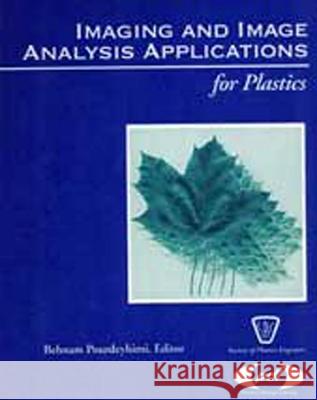Imaging and Image Analysis Applications for Plastics » książka
topmenu
Imaging and Image Analysis Applications for Plastics
ISBN-13: 9781884207815 / Angielski / Twarda / 1999 / 315 str.
The broad collection of techniques gathered in this book help illustrate material/process/property relationships for a wide selection of materials and processes in the plastics industry. With the recent increases in computing power and scope, as well as advances in software engineering, imaging has already become a universal tool. Image processing and image analysis have become common expressions are widely recognized within the scientific community.
The imaging techniques employed range from visible optical methods to scanning and transmission electron microscopy, x-ray, thermal wave infrared and atomic force microscopy. Image analysis is used to monitor/ characterize a variety of processes. Processes included within this book are: extrusion, injection molding, foam production, film manufacture, compression molding, blow molding, vulcanization, melt spinning, reactive blending, welding, conveying, composite manufacture, compounding, and thermosetting. Imaging techniques are also employed to characterize/quantify a number of important material properties. These include: fiber orientation distribution, homogeneity of mixing, the rate of spherulites growth, polymer crystallization rate, melt flow index, pore size and shape in foam, cell density in foam, void content, particle analysis in polymer blends, morphology, interparticle distance, fiber diameter, fatigue crack, crazing, scratching, surface roughness, fiber-length distribution, nucleation, oil penetration, peel adhesion, chemical resistance, droplet-fiber transition, electrical conductivity, dispersion and impurity content.










